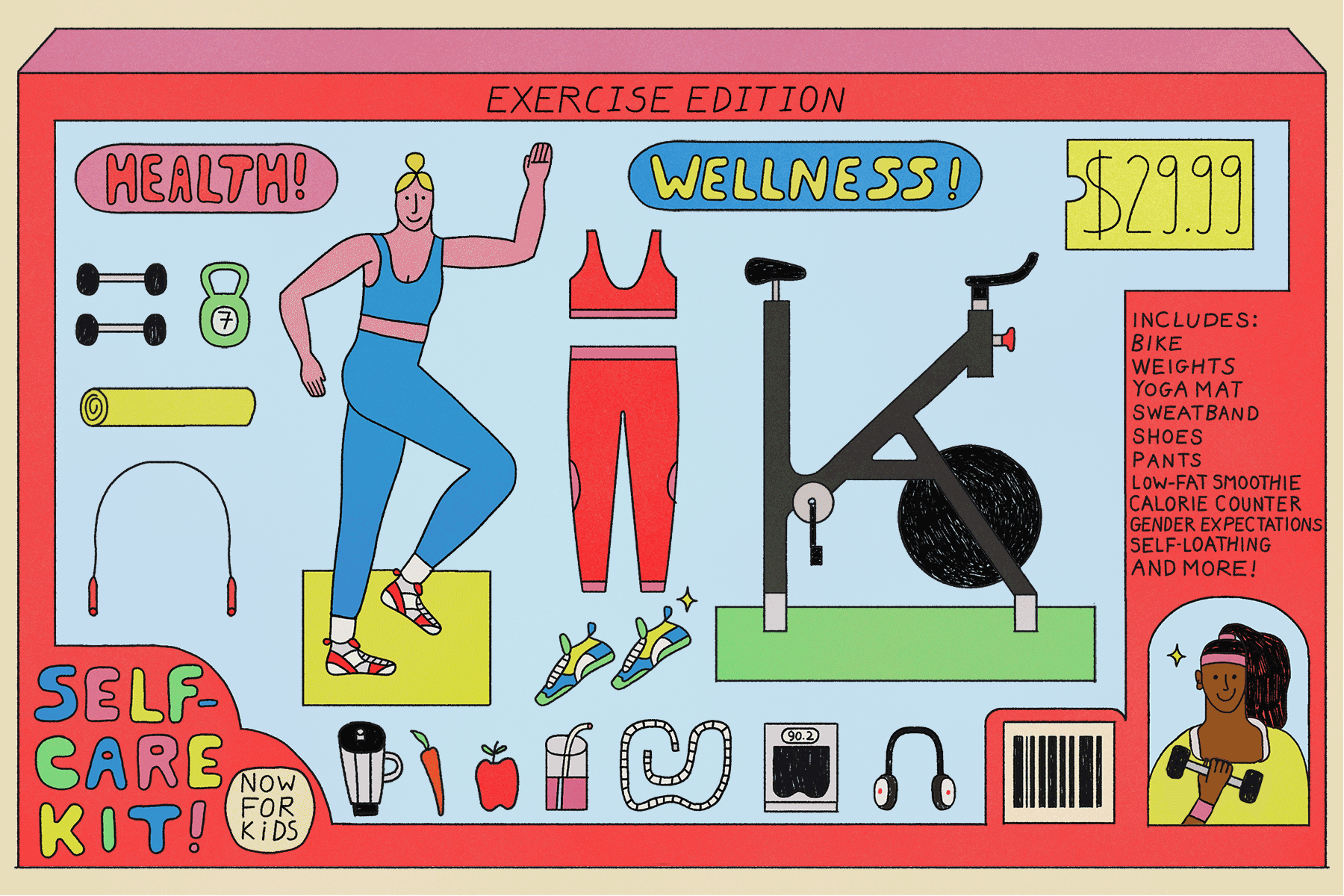Playtime, with muscle
- Share via
DON’T go shoving an anvil inside your child’s teddy bear, but adding a little weight to his or her toys might not be such a nutty idea.
In a small randomized study, investigators at Indiana State University found that children who played with weighted cardboard blocks experienced a significant increase in heart rate, oxygen uptake and energy expenditure.
In short, the little tykes got a little boost.
John Ozmun, professor of physical education, and exercise physiologist Lee Robbins, outfitted five boys and five girls, ages 6 to 8 -- good sports all -- with a neoprene face mask and a portable calorimetry device worn around the waist. The kids also wore a heart rate monitor strapped to their chests.
Then the researchers asked each child to carry 50 blocks about the size of a box of Girl Scout cookies across the room, one at a time. In one trial, each child carried unweighted blocks; in another, each block was fitted with a 3-pound weight.
The study, as yet unpublished but recently presented at conferences, found that the kids increased their heart rates by 11 beats per minute when they were carrying the weighted blocks. The children also burned seven to eight more calories in a 10-minute period, which was the length of the trial.
The investigators believe that such small boosts in exertion could be good for kids, noting that a body of research has demonstrated both cardiovascular and bone density benefits of regular exercise in children.
Although the kids burned only a few extra calories in the short trials, the results over time could be significant, Robbins says.
“If you look at it over a period of a week, two weeks, so forth, it adds up,” he says.
The notion that adding intensity to a physical activity might boost heart rate and caloric expenditure among kids isn’t exactly front-page news, but it does serve as a reminder that incremental exercise can be helpful for kids as well as adults, experts say.
“At first it seems like, ‘Duh,’ as a teenager would say,” says Dr. Naomi Neufeld, a Los Angeles pediatrician and board certified pediatric endocrinologist. “But, we have an epidemic of childhood obesity, and a lot of it can be attributed to physical inactivity.”
Because many children aren’t interested in prescribed exercise, she says, physical exertion must be built into their everyday lives.
Ozmun says that the research is a very small step in improving fitness in children.
“We don’t want to suggest this will solve the obesity problem,” he says. “It’s one little puzzle piece. If this works, then it could be a positive contribution, even though it may be small.”
In fact, he says, the best use of weighted toys may be for kids with strength, balance or coordination deficits, such as those with Down syndrome or cerebral palsy.
Working with a physical therapist, a child with balance problems, for example, could be enticed to hold a 1-pound bear on one side, and learn to adjust his or her body to compensate.
The researchers say that weighted toys are a ways off and would need to pass strict safety tests. Weighted toys, Ozmun says, “aren’t going to show up at Toys R Us anytime soon.”
Nevertheless, Robbins says, this isn’t a completely radical idea, considering the average kid’s lifestyle.
“Some critics say that kids shouldn’t be lifting 3-pound weights,” he says. “But they don’t mind handing them a 64-ounce soda, which weighs about the same.”




